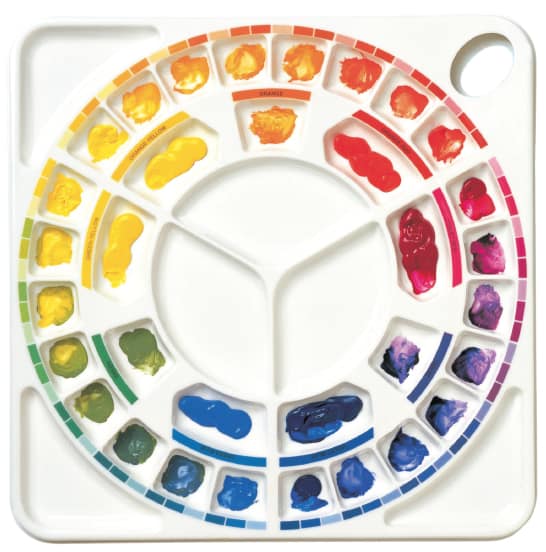The technique of wall painting known as Fresco called for the application of colour onto plaster. Two methods are available, and buon fresco (good fresco). and ‘fresco secco’ (dry fresco). Below is an example by Giotto an artist of the Florentine School.

Buon fresco
With this approach, colour is applied onto fresh, still damp lime plaster. As the colour is applied it immediatly sinks into the surface and is locked in as the plaster dries.Two coats of plaster were applied (I say ‘were’ because this teqnique is seldom practiced nowadays). The drawing was carried out after the first layer, a lime and sand mix, had fully dried. Charcoal followed by a red ochre set out the design.
The day piece
A second layer of plaster was then applied, a small area at a time. each large enough for one days work, At the end of the day the edges of the plaster were undercut ready for the next days application. Wheras oil is the binder in oil paints, the ‘binder’ in fresco is the damp plaster. The paint being a simple mix of pigment and water. Traditionaly,five strengths of each pigment were carefully prepared beforehand, ready for immediate use.
It was an extremely difficult method of working which called for great patience and did not allow for error. As soon as the colour was applied it sunk into the surface and could not be removed. Overpainting and alterations were either impossible or very liited in character. Colour mixing on the surface of the work was minimal. The only efficient way that hues could be blended was to apply the colours side by side, or by hatching, so that they blended optically.
Fresco secco
Certain pigments, such as Azurite (a blue) reacted poorly with the lime and had to be applied after the plaster had dried. In such instances size or egg yoke would be mixed with the pigment. Such painted areas often flaked in later years.
Fresco secco was not only employed where otherwise unsuitable pigments were employed. The addition of size or egg yolk made the colours richer and allowed for sharper detail. The tequnique can be used for its own sake, with the entire piece being executed onto dry plaster.
Giotto is often described as the artist who opened the way to the Renaissance. He moved away from the rather formal approach taken by earlier artists and introduced relatively bright colours. Modern painting began with Giotto. Considering that he worked mainly in the difficult technique of Fresco, his work is surprisingly realistic. He was one of the first painters to individualise the human figure.

